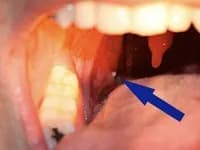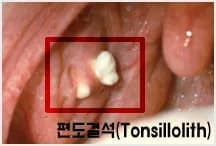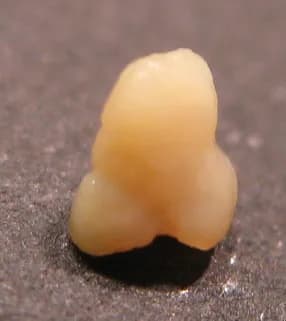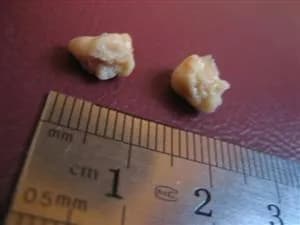
Tonsil stones, also called “tonsilloliths,” are calcifications made of hardened mucus, bacteria and other particles that form deep in the crevasses of the tonsils. Tonsil stones pictures reveal that they are irregularly shaped, whitish in color and are typically smaller than a pea. Perhaps worst of all, they are nearly always foul smelling and frequently cause halitosis, or bad breath.

Though it is possible for tonsil stones to produce no symptoms, the most common symptom is exceptionally bad breath. Other symptoms, such as sore throat, difficulty swallowing, coughing fits and choking are also common.
Sometimes, though not always, the stones may be visible when you look into the back of your throat, and you even may discover that you’ve coughed up a stone. You may also have a sense that you have a piece of food or something similar stuck in the back of your throat.

Treatment for tonsil stones includes a variety of options and typically depends on the size of the stone(s) as well as the level of discomfort you’re experiencing. If the stones are relatively small and create little or no symptoms, you may opt for no treatment whatsoever. The stones may also dislodge themselves and resolve the issue without additional intervention. However, this may not be a viable option.

In certain instances, your physician may opt for an antibiotic in treating your tonsil stones. It’s important to keep in mind, however, that antibiotics may or may not be helpful, and they cannot address the underlying problem causing the tonsil stones, but rather will only treat certain symptoms.
A somewhat more extreme (yet sometimes necessary) option is typically only required in the event the tonsil stones are very large and causing great discomfort. Your physician may opt to remove the stones surgically. This is a relatively simple procedure that frequently requires only localized numbing, and can often be performed in a doctor’s office.
